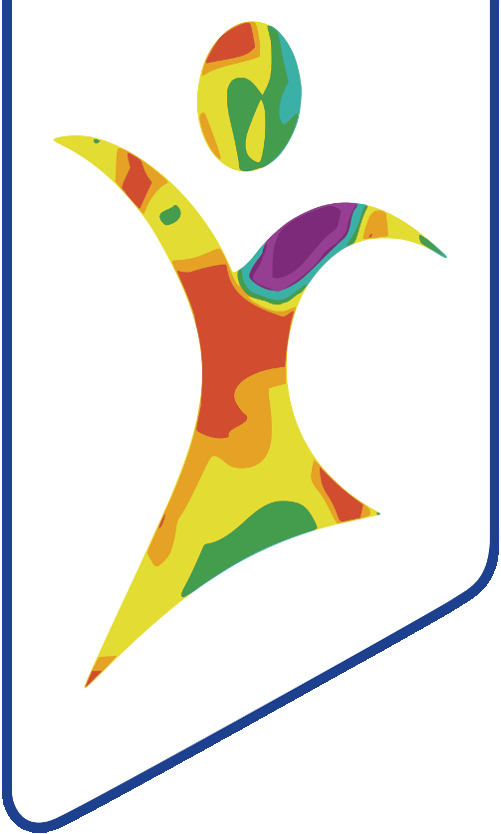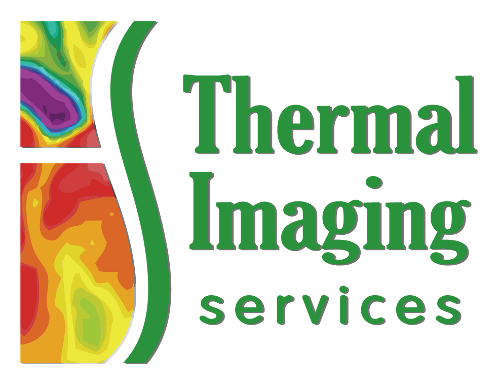HISTORY & SCIENCE

History
Modern thermometry began in 1835, with the invention of a thermo-electrical device which established that the temperature in inflamed regions of the body is higher than in normal areas. This device also confirmed that the normal healthy human temperature is 98.6° Fahrenheit or 37° Celsius.
By the 1920s, scientists were using photography to record the infrared spectrum, and this led to new applications in thermometry and other fields. The 30s, 40s, and 50s saw remarkable improvements in imaging with special infrared sensors, thanks in large part to World War II and the Korean conflict, which used infrared for a variety of military applications, such as troop movement detection. Once these infrared technologies were declassified post-war, scientists immediately turned to researching their application for clinical medicine.
In the 60s, large amounts of published research and the emergence of physician organizations dedicated to the use of thermal imaging, such as the American Academy of Thermology, brought about greater public and private awareness of the science. By 1972, the Department of Health, Education and Welfare announced that Thermography, as it had become known, was “beyond experimental” in several areas, including evaluation of the female breast.
On the heels of this, efforts to standardize the field began in earnest, aided by the arrival of mini-computers in the mid-70s, which provided color displays, image analysis, and the great benefits of image and data storage — and eventually faster communication over the Internet.
By the late 70s and early 80s, detailed standards for thermography were in place, and new training centers for physicians and technicians were graduating professionals who would make medical thermography available to the general public.
In 1982, the Federal Drug Commission (FDA) approved medical thermography for use “where variations of skin temperatures might occur.” In 1988, the US Department of Labor introduced coverage for thermography in Federal Workers’ Compensation claims. These and other milestones — including a brief period when Medicare covered the use of thermography — encouraged the expansion of thermography training resources and launched a dramatic refinement of imaging devices over the next few decades.
Today, modern systems provide high speed, high resolution imaging coupled with state-of-the-art computerized digital technology. This results in clear, detailed images captured by certified technicians for qualified physicians to interpret. Thermography is now recognized and valued as a highly refined science with standardized applications in Neurology, Vascular Medicine, Sports Medicine, Breast Health, and many other specialty areas.
The Science of Thermography

The American Academy of Thermology is the premiere organization in North America for the scientific development, healthcare training, and clinical application of medical infrared imaging. AAT and Thermal Imaging Services believe Breast Thermography is a Breast Risk Assessment. It should NOT be used as a standalone assessment. It is an adjunctive evaluation to other structural breast imaging studies such as Mammography, Ultrasound, and MRI. Thermal Imaging Services requires all thermographers to be certified through IAMT, a member of AAT and follow their guidelines. We enjoy a close relationship with AAT and encourage anyone interested in gaining useful knowledge about thermography to visit their website for more information about Thermology.


